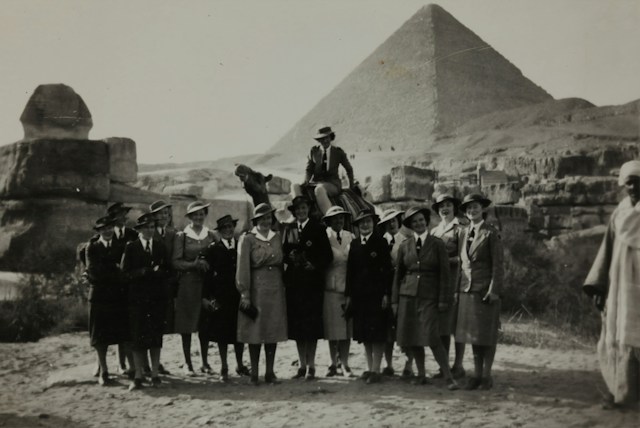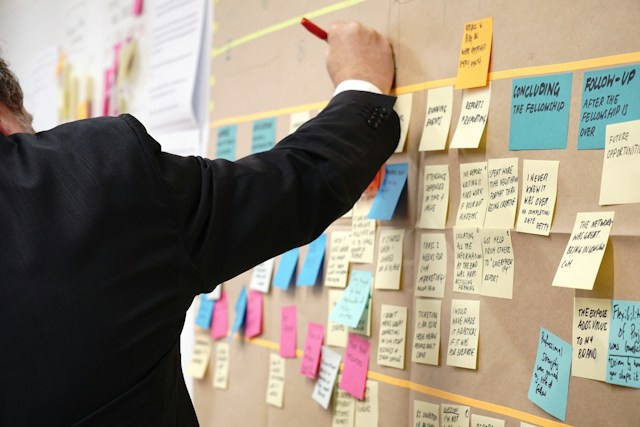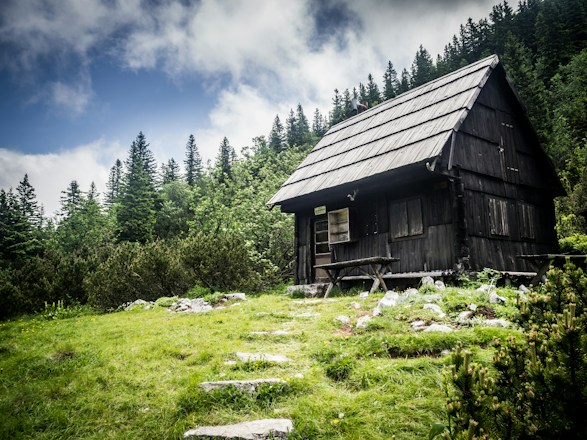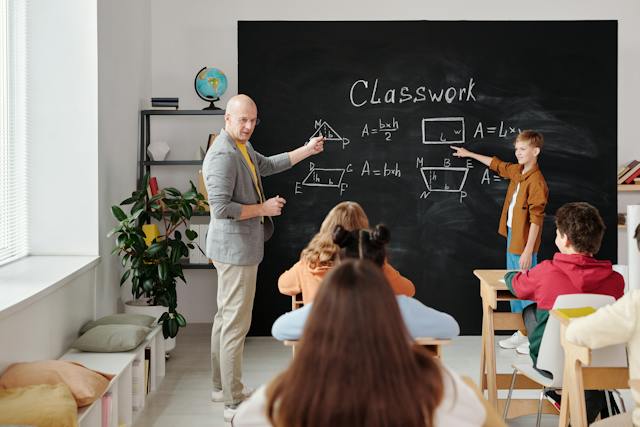When it comes to human development mastering motor skills is a significant achievement. From the earliest stages of life individuals go through a series of milestones that mark their progress in physical coordination and control. In this comprehensive guide we explore the different motor skills milestones and provide detailed insights to help you understand and track the development of these essential abilities.
I. Introduction to Motor Skills
Motor skills encompass a wide range of physical movements and actions that involve the coordination of muscles bones and nerves. These skills can be categorized into two main types: gross motor skills and fine motor skills.
- Gross motor skills involve larger muscle groups and enable activities such as crawling walking running and jumping.
- Fine motor skills involve smaller muscle groups and allow for more precise movements like gripping objects writing and manipulating small items.
II. Motor Skills Milestones in Infancy and Early Childhood
- Head Control: Around 3 to 4 months infants gain head control allowing them to hold their head up when placed on their stomachs or in a supported sitting position.
- Rolling Over: Between 4 to 6 months babies begin to roll from their stomachs to their backs and vice versa.
- Sitting Up: Around 6 to 8 months infants acquire the ability to sit without support initially relying on their hands for balance.
- Crawling: Typically occurring around 8 to 10 months crawling involves the coordinated movement of the arms and legs allowing infants to explore their environment.
- Pulling to Stand: Between 9 to 12 months babies start pulling themselves up to a standing position using furniture or other objects for support.
- Walking: The exciting milestone of walking independently usually occurs between 12 to 15 months. It involves the coordination of balance leg movements and body control.
III. Motor Skills Milestones in Preschool and School-Age Children
- Running and Jumping: Around 2 to 3 years old children develop the ability to run with more control and coordination. They also start experimenting with jumping off the ground using both feet.
- Climbing: Between 3 to 4 years climbing becomes a new adventure for children. They learn to navigate playground structures using their hands and feet to ascend and descend.
- Tricycle Riding: Around 3 to 5 years children gain the balance and coordination required for tricycle riding enhancing their gross motor skills.
- Hand-Eye Coordination: As children grow older their fine motor skills become more refined. They begin to develop hand-eye coordination through activities such as catching and throwing a ball or using scissors.
- Writing and Drawing: Between 4 to 6 years children start developing the fine motor skills needed for writing and drawing. They learn to hold a pencil or crayon with better control and create recognizable shapes and letters.
IV. Motor Skills Milestones in Adolescence and Adulthood
- Refinement of Motor Skills: As individuals enter adolescence their motor skills become more refined and controlled. Activities such as sports dancing and playing musical instruments allow them to further develop their coordination and agility.
- Specialized Movements: In adulthood individuals may acquire specialized motor skills depending on their interests and professions. These skills can include anything from playing sports at a competitive level to performing intricate tasks in various industries.
V. How to Support Motor Skills Development
Parents caregivers and educators play a crucial role in supporting and encouraging the development of motor skills. Here are some tips:
- Provide Opportunities for Active Play: Create a safe environment that encourages children to engage in physical activities. Offer opportunities for both structured and unstructured play that involve movements such as running jumping climbing and throwing.
- Fine Motor Activities: Incorporate activities that promote the development of fine motor skills such as puzzles building blocks drawing painting and threading beads. These activities help children improve their hand-eye coordination and dexterity.
- Encourage Practice and Persistence: Motor skills take time and practice to develop. Encourage children to keep trying even if they initially struggle. Offer praise and support to boost their confidence and motivation.
- Provide Tools and Resources: Offer age-appropriate toys tools and materials that stimulate motor skills development. Examples include balls bicycles art supplies and building sets.
VI. Conclusion
Mastering motor skills is an integral part of human development and understanding the milestones associated with these skills can help track and support a child’s progress. By providing a comprehensive guide to motor skills milestones we aim to equip parents caregivers and educators with the knowledge needed to nurture and encourage physical development in children.
Remember each child develops at their own pace so it’s essential to focus on their individual progress rather than strict timelines. By fostering an environment that promotes active play fine motor activities and persistence you can support children in reaching their motor skills milestones and setting a foundation for lifelong physical well-being.















Add comment